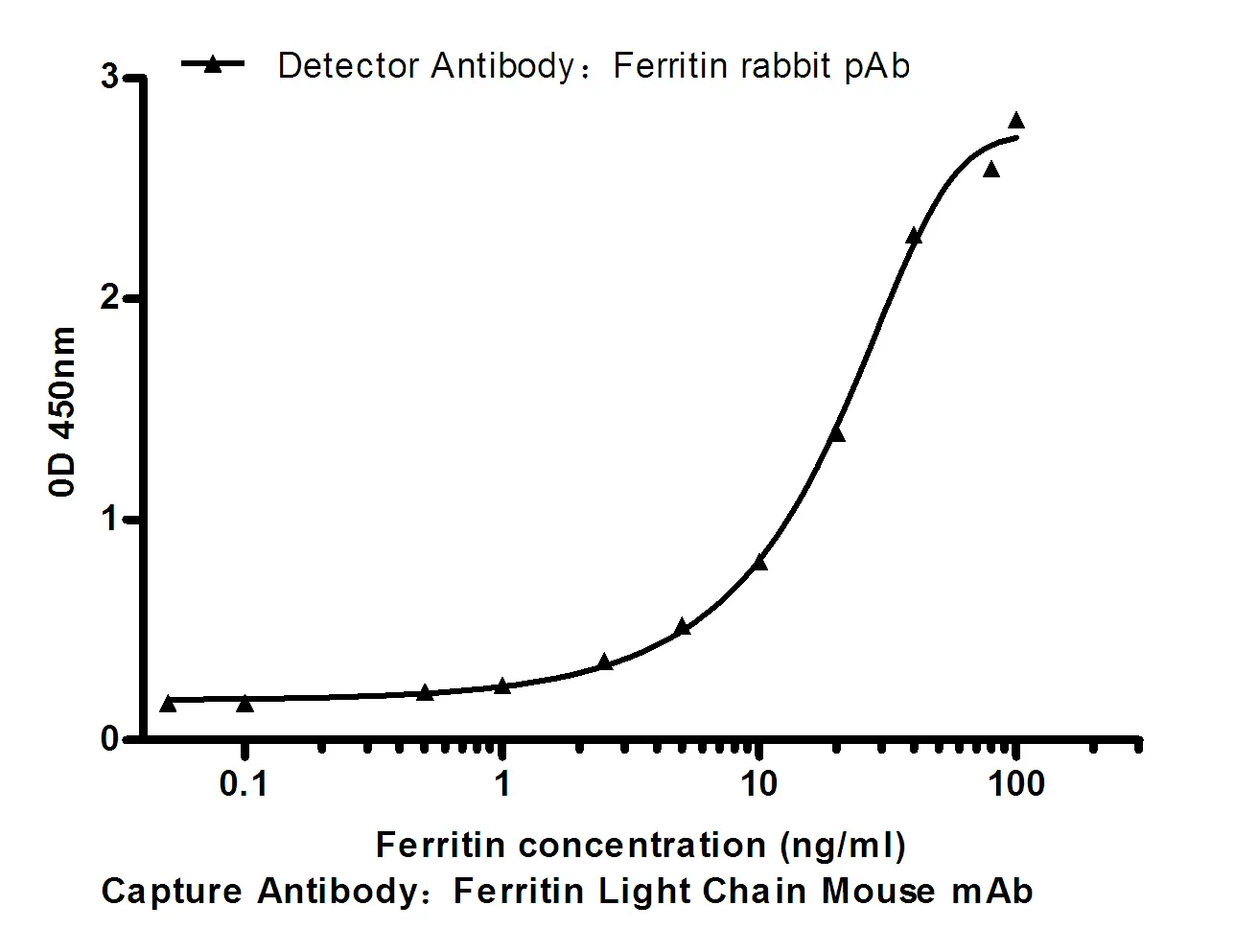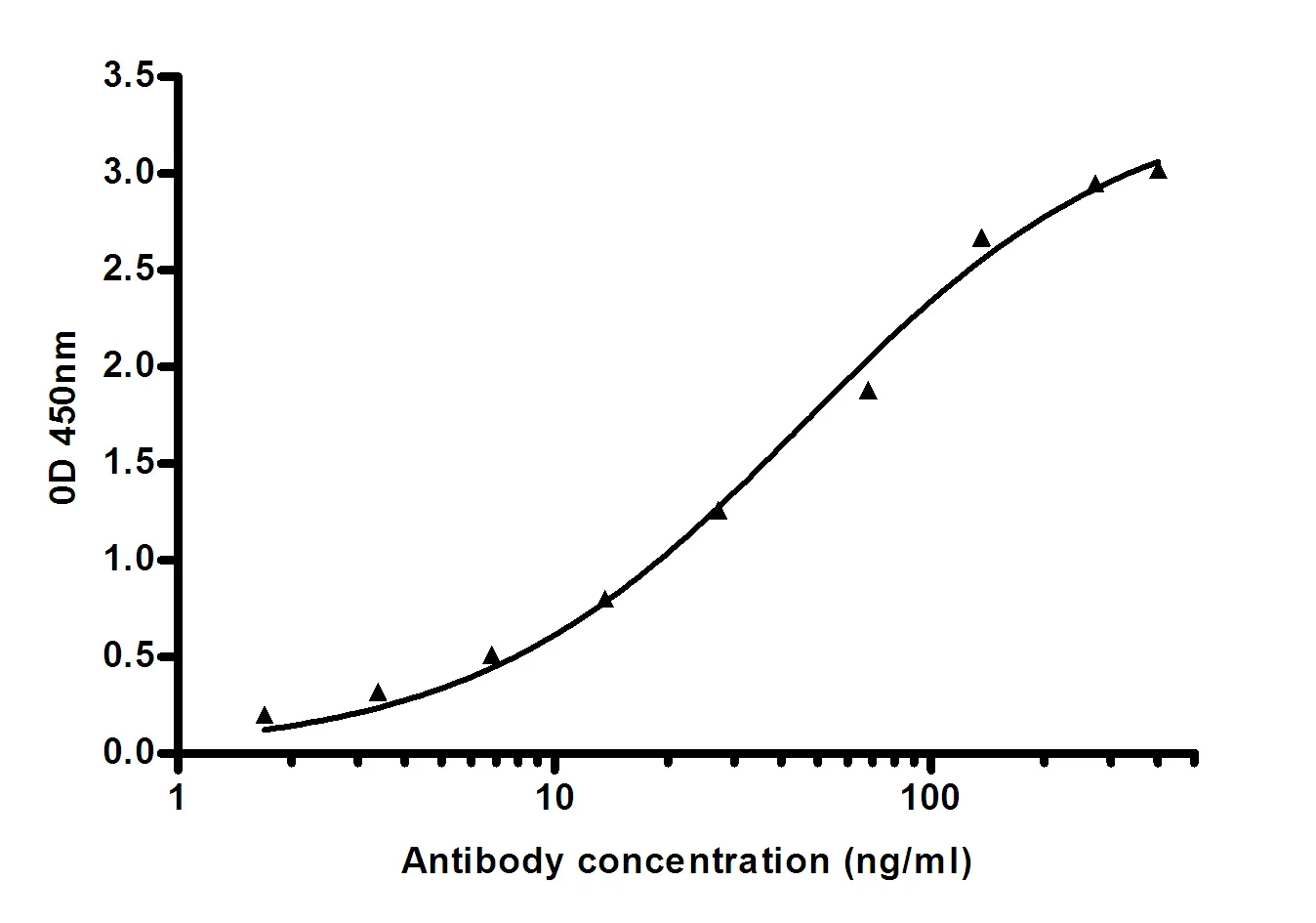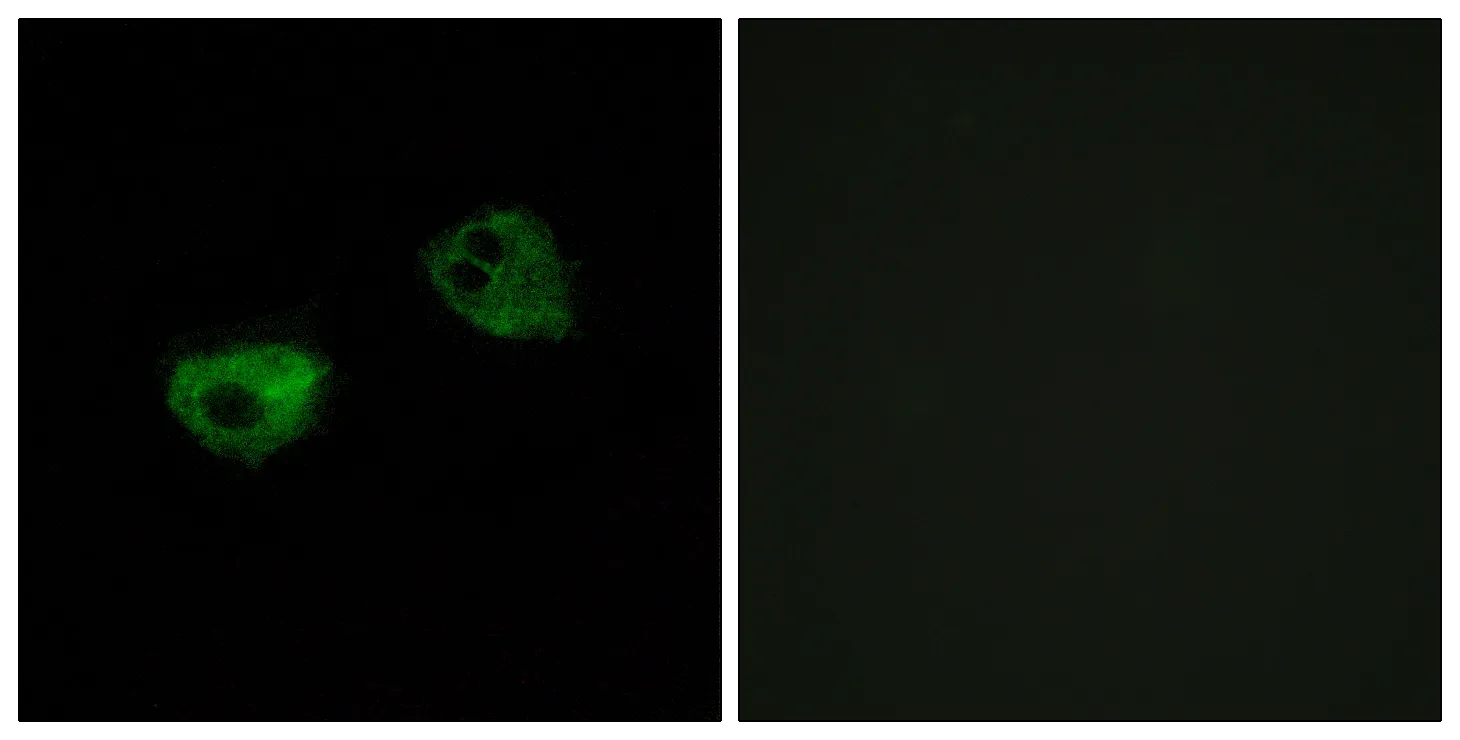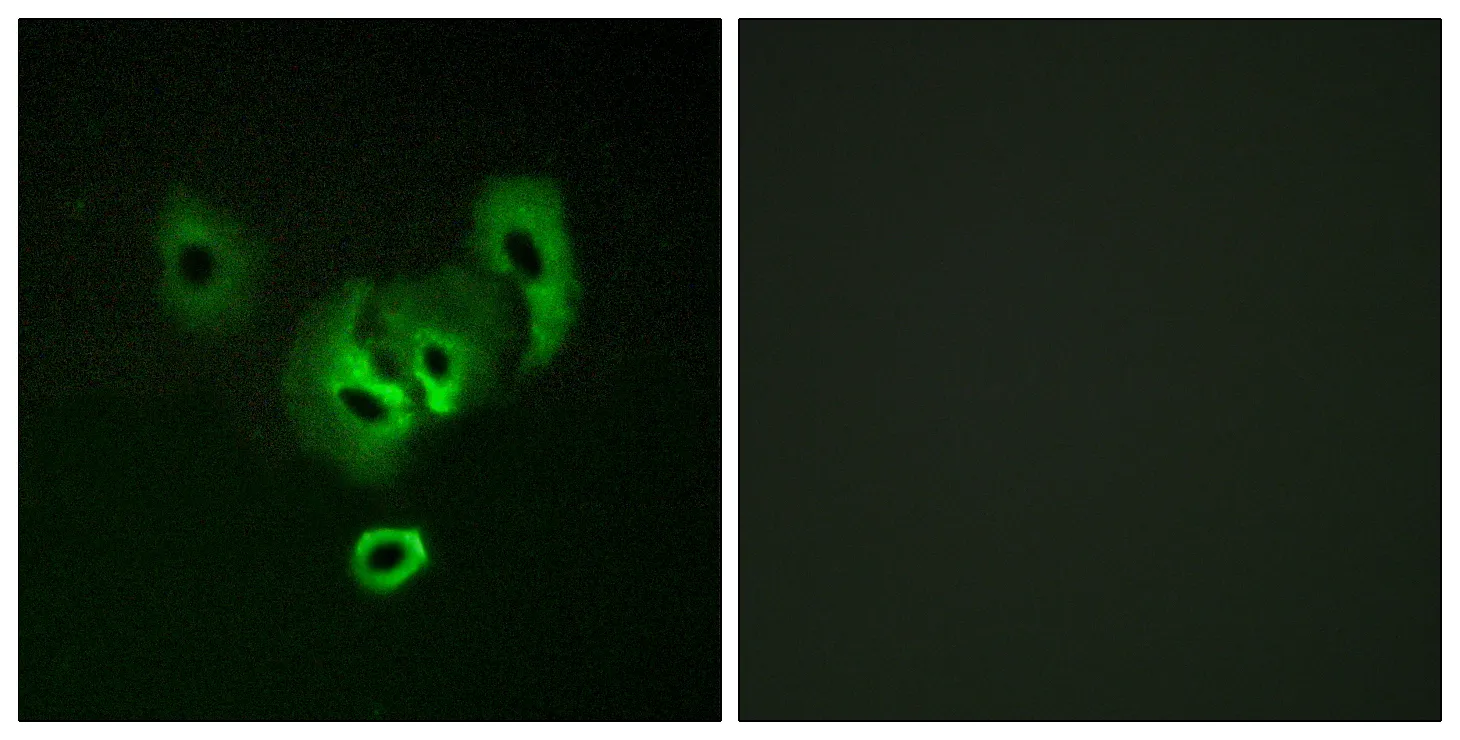Summary
Performance
Immunogen
Application
Background
This gene is predominantly expressed in prostate tissue, and is found to be upregulated in multiple cancer cell lines. The gene product is predicted to be a six-transmembrane protein, and was shown to be a cell surface antigen significantly expressed at cell-cell junctions. [provided by RefSeq, Jul 2008],cofactor:FAD.,function:Metalloreductase that has the ability to reduce both Fe(3+) to Fe(2+) and Cu(2+) to Cu(1+). Uses NAD(+) as acceptor.,similarity:Belongs to the STEAP family.,similarity:Contains 1 ferric oxidoreductase domain.,tissue specificity:Ubiquitously expressed. Highly expressed in prostate tumors.,
Research Area
Tags & Cell Markers; Cell Type Markers; Tumor Associated; Epigenetics and Nuclear Signaling; Transcription; Cancer susceptibility; Proto-oncogenes






